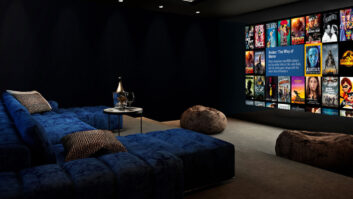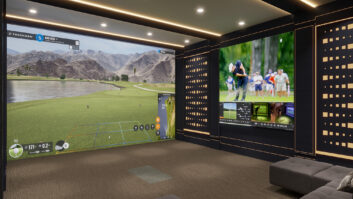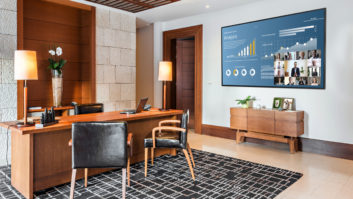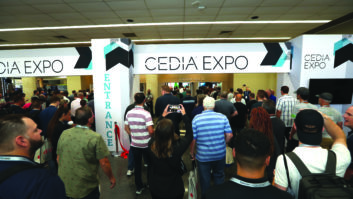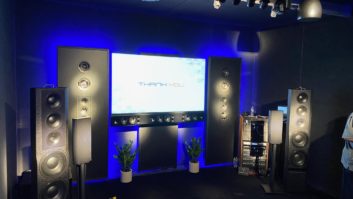Everyone seems to share the same vision that the home of the future will have some centrally located gigantic hard drive where all the homes audio and video content will be stored for wireless or wired distribution to client set-top boxes and/or personal computers and mobile media players.
While the vision is clear, the product path for getting us there is riddled with licensing issues, a variety of incompatible audio and video standards, products that offer only partial solutions, and beta platforms released to the market too early to be reliable.
To stimulate the engineering development of the dream media server I decided to devote this column to what I describe as the perfect media server product for our company and clients. This is a product that doesnt exist yet, but it takes the best features of the digital audio/video products that are already on the market and provides a design blueprint for how we would like to see them extended and integrated with one another.
o Video Capabilities. This rack-mountable media server would have the ability to store and distribute both standard and high-definition video content. Content would include personally recorded videos, digital standard and hi-def recording from cable or off air sources. The server would also capture imaged DVDs and Internet movie downloads. It would accommodate video stored in MPEG1, 2, and 4 formats and photos stored in JPEG, TIFF or BMP formats.
It also would have multiple high-def tuners to support at least five different client televisions for playback or personal recording. The distribution of the video signals (coupled with the accompanying 5.1 audio) would be over standard CAT5e/6 wiring connected to a standard multiple port 100/1000 BaseT Ethernet switch. The server would be designed with cartridge based storage drives that could easily expand into a server storing multiple terabytes. The data on the drives would be protected by RAID or mirroring levels of service. The server would distribute unique video content to at least five set-top clients or personal computers simultaneously.
Set-top clients would have component video output (and digital audio output) with an option for DVI/HDMI output. They would also have digital output to support 5.1 surround sound. On the front of the setup client there would be input slots for CompactFlash, SD/MMC, Memory Stick/Memory Stick PRO and SmartMedia storage with an IR receiving eye that is easy to locate.
o Audio Capabilities. Distributed content would include songs fromCDs or purchased and downloaded Internet songs. It would include audio purchased from satellite, antenna or cable services. The server would accommodate MP3, WAV, or AIFF formats and support multiple tuners for off-air AM/FM reception and satellite. Distribution of 5.1 audio signals would be over standard CAT5e/6 wiring connected to a standard multiple port 100/1000 BaseT ethernet switch. The audio signals would be delivered to either a set-top box to be played back through TV speakers or to in-wall keypads that would amplify the audio and play it back through speakers in the room. The server would be able to support at least 12 zones at the same time and could be expanded to support more as required.
o Remote Control Products and User Interface. These would look and feel the same on all of the following supported devices: peanut-shaped IR/RF remote controls, PDAs with strong IR output, in-wall touch-screens, in-wall keypads, 802.11b/g web-tablets and the HDTVs in each room. The devices with soft touch or navigational screens would have browsers capable of supporting HTML and Java. The handheld or in-wall remote devices with hard buttons and limited text-based screen real estate would follow the logic and button placement found on devices with soft touch-screen control for intuitive ease of use.
So how close are we to my dream media server today? Were getting there. If you take the best features of todays Kaleidescape DVD Server, AMX MMS server, NetStreams DigiLinX product, TiVOs high def recording and tuning capabilities, ROKUs photo-image playback and Niveus Medias AVX Media Center A/V control platform youre getting very close.
